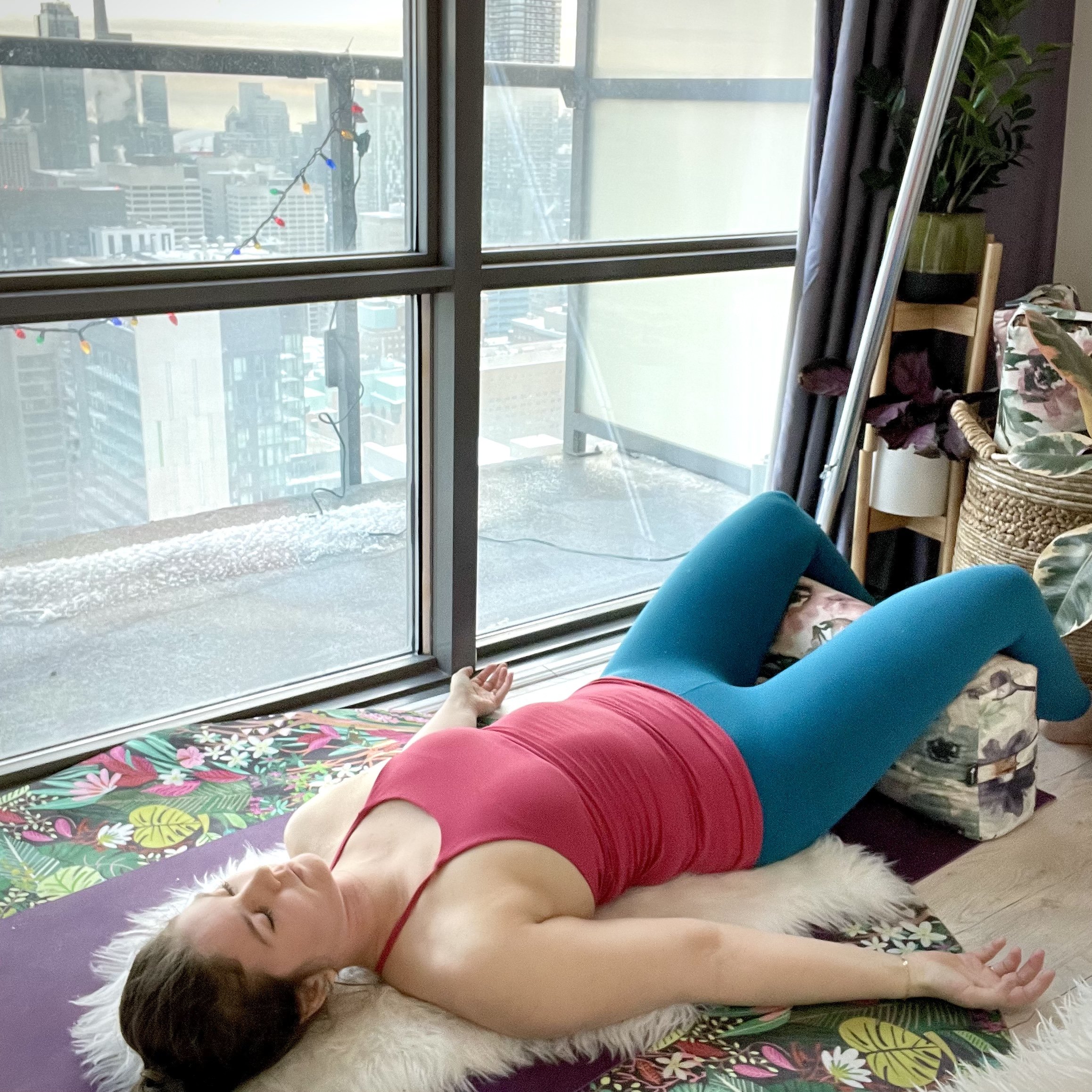IlioPsoas Muscle, What is it? How does it relate to our Mental health?
Let me know if this sounds familiar to you. Your brain receives a stress signal (maybe it’s a stressful phone call, a public health update, or a screaming child). The brain tells the body to move into a sympathetic state (fight, flight, or freeze). all essential brain & body function is decreased or turned off, and specific muscles begin to brace, most commonly the iliopsoas muscle. For some people, their shoulders or their glutes also decide to react.
Many of us experience acute stressors multiple times per day, along with experiencing chronic stress. Acute stressors are relatively quick and have some urgency. Examples of acute stressors are things like burning your dinner, being late for something, a dependant asserting their needs, or a stressful phone call. Chronic stress persists day after day, however, most of us start to feel the weight of chronic stress after about a week. Causes include existing physical or mental health ailments/concerns, a long-range work project, raising children, financial debt, or being in a global pandemic. I don’t think I know anyone who doesn't have some form of chronic stress in their life, do you?
Stress is an adaptive response to immediate threats, like being chased down by a bear. These days, however, most of our stressors are mental/emotional and not a physical, our bodies aren’t aware that the workday is over and the stress should be over too. It is so important that we complete the stress cycle and choose to release tension from our body. Completing the stress cycle looks like moving your body - be it yoga, a walk, or any other form of exercise. Next, we need to consciously release tension, and for the iliopsoas muscle, that’s hard to do since it is an essential stabilizer muscle. Keep reading to learn how to release this muscle, you might be surprised by how simple it is.
Constructive Rest Pose
What You Need
I HIGHLY recommend that you grab a pillow and strap of some kind. For the strap you could use a belt, bathroom or dress tie. If you don't have one of those, grab a blanket and fold it to be as long and skinny as you can. Move to a place where you can be comfortable, feel safe, and be undisturbed for 5 minutes.
Getting Into Constructive Rest Posture
Come to a seated place on your bed, the ground, or your couch.
Place the pillow between your thighs
Wrap the strap around the mid-thighs for support. If you are using a blanket, guide the middle of the blanket on top of your legs, wrap both ends around your legs and then slide the tails under your glutes to hold the blanket in place.
Keep your feet flat on the ground with your knees bent
Slowly lower your upper body into a resting position.
If you are not used to the quiet, I recommend turning on a relaxing song or sound. You can decide if you would like to set a timer.
As you relax, your body will cool down. You might consider wearing socks or putting on a sweater.
You could try placing a blanket or light sheet over the body and a cloth or eye pillow over your eyes and see if this is relaxing for you
Getting Out of the Pose
Just as you are, roll to one side
Untie the strap or blanket
Remove the pillow
Rest here. Breathe.
Slowly press yourself all the way up and return to your day

